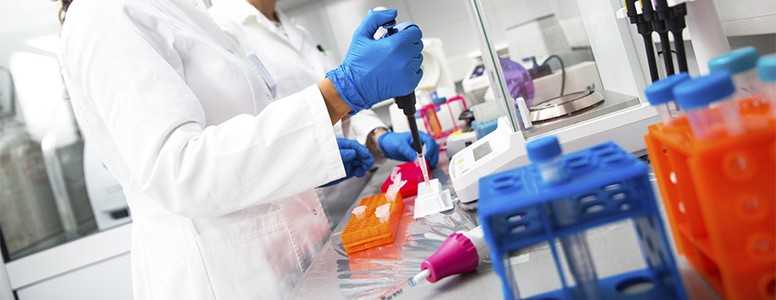Adults with type 2 diabetes who use continuous glucose monitors (CGMs) have better HbA1c levels compared to those who do not, research suggests.
Continuous glucose monitoring use was also shown to lower costs after one year of treatment compared to those who used standard blood glucose testing.
The US study involved 16,647 people with type 2 diabetes who were prescribed with CGMs and 670,812 people who received standard care.
Scientists evaluated data from 2009-2014, one year before and one year after the use of CGM, to understand how effective CGM use could be.
The HbA1c reductions were greater in the CGM group, with the average reduction shown to be 4.8 mmol/mol (0.44%).
Additionally, there was no statistically significant growth of total annual costs for people who used CGMs. These cost benefits were observed within a one-year period of CGM treatment, while costs rose higher among non-CGM users after one year of treatment.
The researchers suggest that CGMs could help nullify rising healthcare costs for people with type 2 diabetes as well as improve health outcomes.
“Data from this study is compelling and adds to the growing body of clinical and now economic evidence demonstrating the significant benefits of professional CGM in patients with type 2 diabetes,” said study researcher Francine Kaufma, MD, chief medical officer of the Diabetes Group at Medtronic.
“[CGM] it is a powerful tool to help get patients to their HbA1c target and reduce glycemic variability. These results also suggest that professional CGM can help reduce the escalating costs of type 2 diabetes.”
CGM systems work 24 hours a day and can indicate when your blood glucose levels are too high or too low using alerts. While CGM users are still advised to test their blood sugar, CGM data can give users a more comprehensive review of their control than blood glucose testing can.
The study results have been published in the Journal of Medical Economics.
What's new on the forum? ⭐️
Get our free newsletters
Stay up to date with the latest news, research and breakthroughs.






